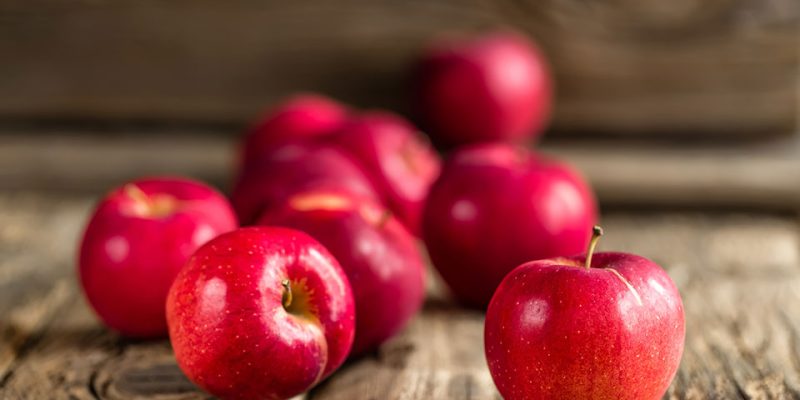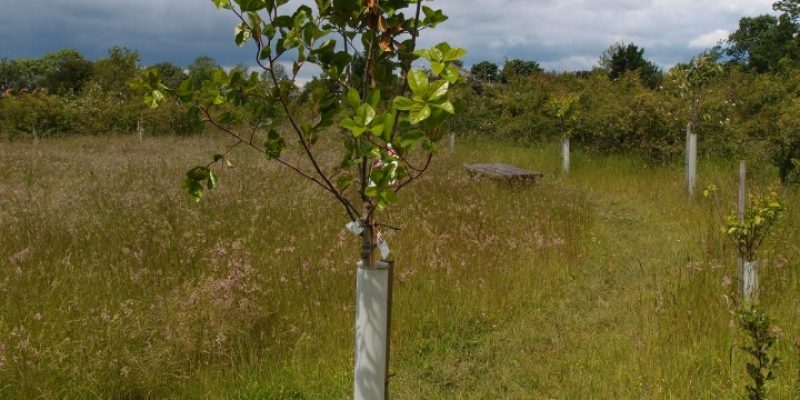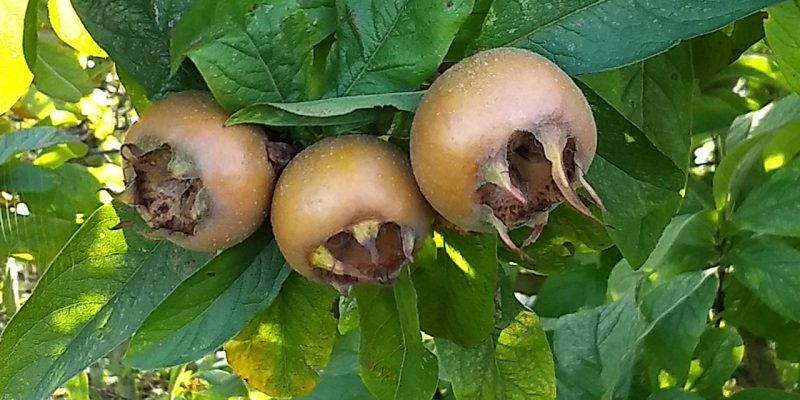Apple day and green woodcraft, taking place in Jubilee Wood
Read more →Making a dead hedge. Planting fruit trees to mark the Queen’s Platinum Jubilee.
Read more →WHEN:This coming Saturday, 23rd October from 10.30AM WHERE: in the Orchard at Jubilee Wood, so wear appropriate clothing and footwear for the weather (if it is too wet/windy/cold we will relocate to the Village Hall) Bring along your apples and pears for a morning of peeling/chopping/crushing and
Read more →Time again for a community effort to trim, plant, shape and prune Two dates Saturday 28th November and Saturday 5th December (if needed) have been set a side to carry out the usual Jub wood maintenance. Jobs to be done include the trimming of the hedge between
Read more →After the blistering heat of May we have been enjoying a complete turn of weather in June with much needed rain and unusually strong winds which may or may not have made the insects happy. Some thunderstorms did reach us but fortunately weren’t serious enough to badly
Read more →John Clare, the poet, knew what he was talking about when describing his nineteenth century rural world, although even then he was concerned about the changes taking place. I wonder what he would have made of the present ‘lockdown’ and the restrictions that have been placed on
Read more →It’s been the driest, hottest April on record which has been good news in some ways as we struggle to cope with the social restrictions and distancing that is required during the Covid 19 pandemic. Those of us who are lucky enough to have a garden have
Read more →What’s happening in the Wood? The Jubilee Wood continues to show signs of bursting into life, with green shoots emerging on the hawthorn trees and brambles, and one of the crab apples around the central area is already flowering, if somewhat half heartedly at the moment. The
Read more →As the New Year begins the paths are still very wet underfoot. Surprisingly the rainfall has been about average for the month but the ground is saturated so any additional water is just settling on the surface. We’ve had one or two frosty nights and mornings but
Read more →December is traditionally the time for looking back over the year before looking ahead to the new one, which will undoubtedly be better and shinier with all the New Year’s resolutions we’ve so carefully made. The effects of too much eating and drinking can easily fool us
Read more →

